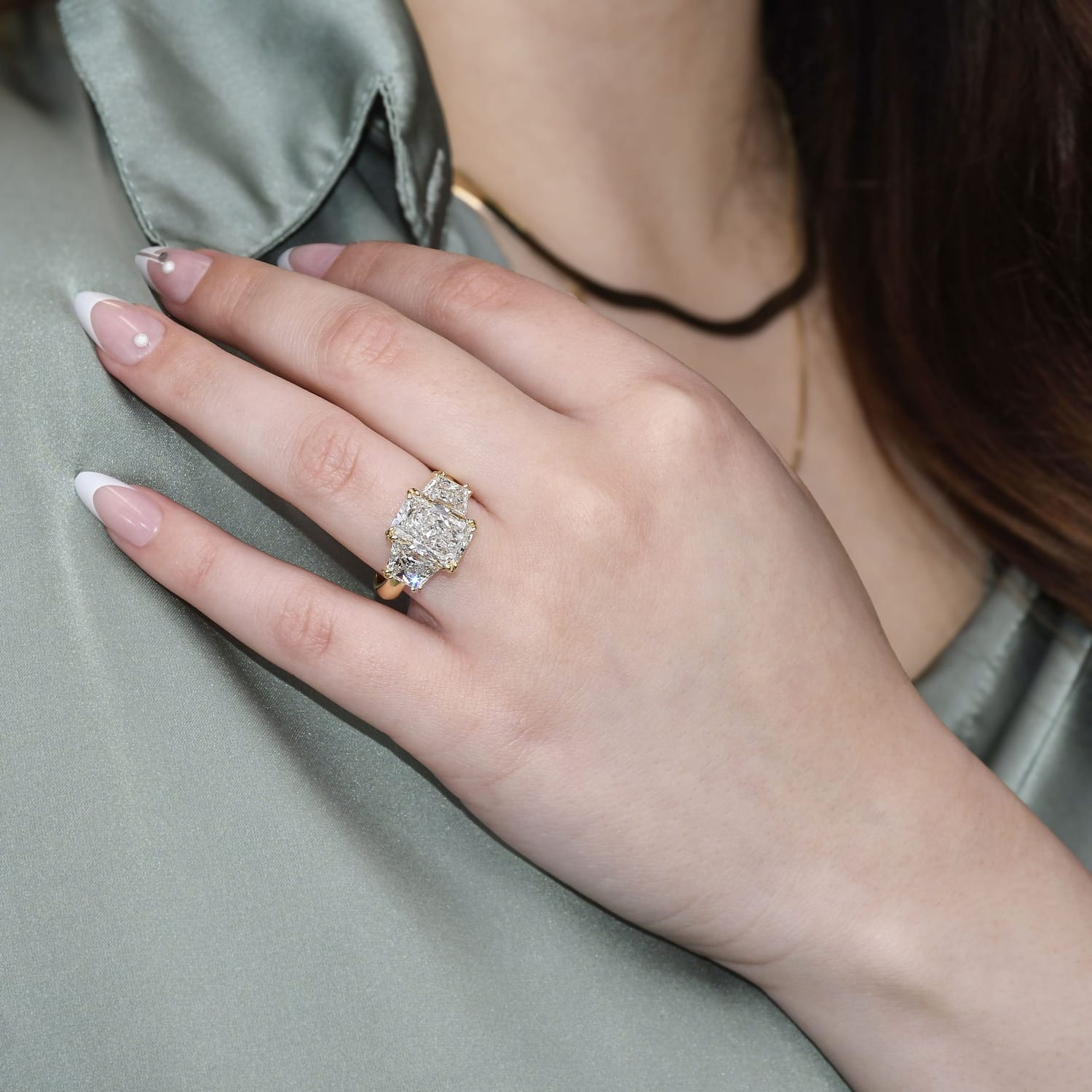Ring Education: Metal Education - Alternative Metals
Alternative Metals are commonly used for men's wedding bands and fashion jewelry.
 |
Titanium:
Pros: Hypoallergenic, doesn't tarnish, can be anodized to produce various colors. Cons: Can't be resized easily, more difficult to work with than traditional metals. |
 |
Tungsten Carbide:
hardness. Cons: Can shatter if dropped, cannot be resized. |
 |
Stainless Steel
Pros: Durable, corrosion-resistant, hypoallergenic, and affordable. Cons: Heavier than titanium and tungsten, can scratch. |
 |
Cobalt:
Pros: Resistant to chipping and scratching, hypoallergenic. Cons: Not as common in jewelry as other metals, so choices might be limited, |
 |
Zirconium:
Pros: Hypoallergenic, can be blackened for a unique appearance. Cons: Blackened zirconium can scratch over time, revealing the silver beneath. |
Note: Probably the most important thing to keep in mind when considering alternative metal jewelry is that jewelers will not usually work on these types of metals. In nearly all cases, alternative metal rings cannot be sized, and due to their extremely high melting temperatures and hardness these metals are not malleable or workable.


